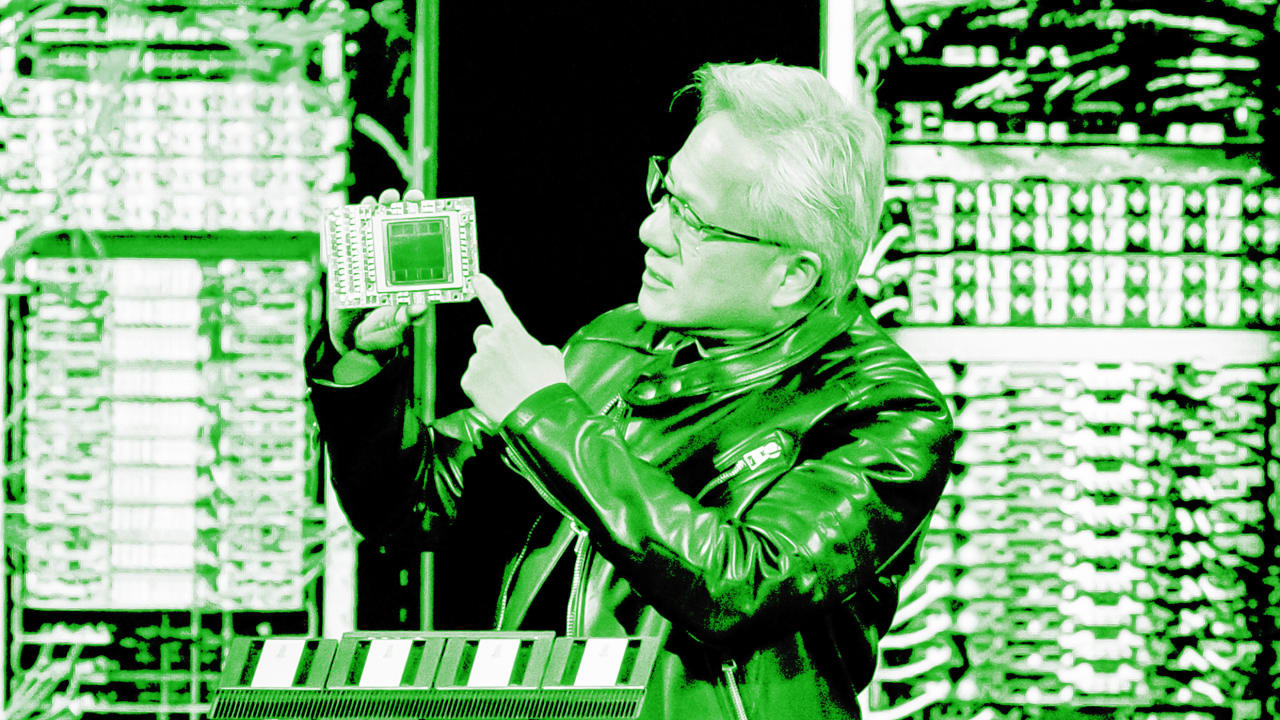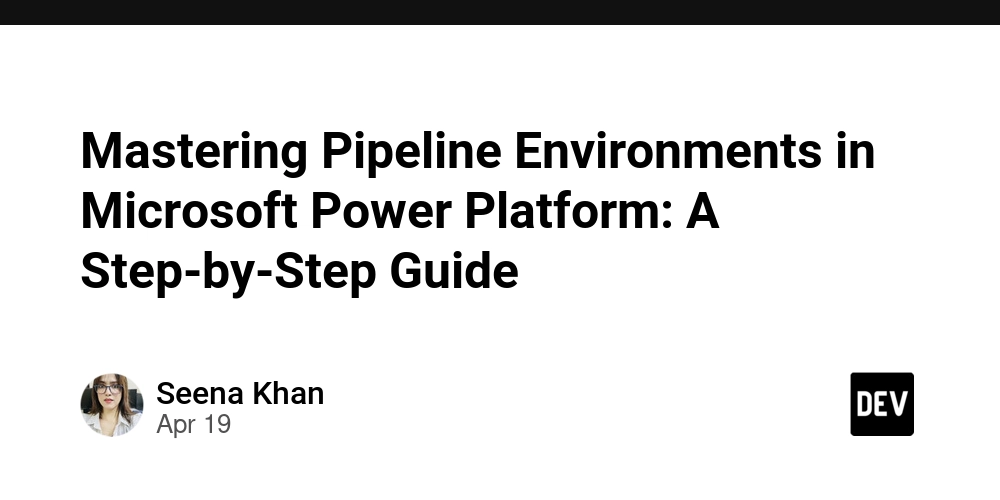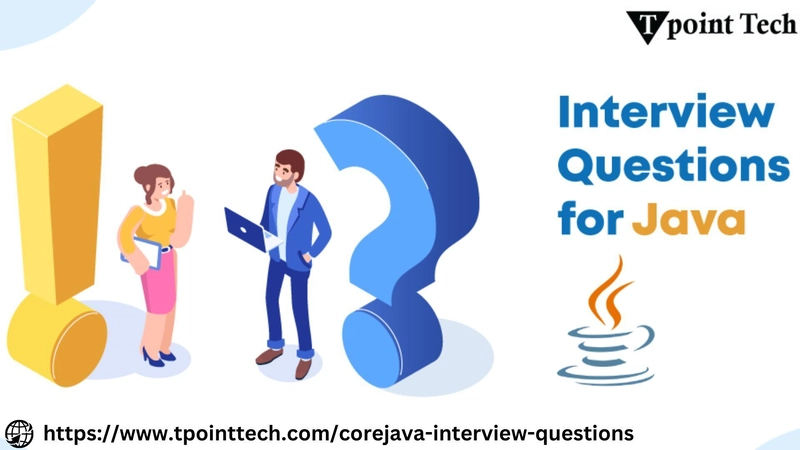Nvidia watches its Trump overtures come to naught
Welcome to AI Decoded, Fast Company’s weekly newsletter that breaks down the most important news in the world of AI. You can sign up to receive this newsletter every week here. Nvidia gets burned by Trump on China chips Silicon Valley magnates fell over themselves to placate and appease President Donald Trump. Nvidia just found out why that’s no guarantee of success. The company said in a Securities and Exchange Commission filing on Tuesday that the Trump administration will now require a license for the company to sell its H20 chips—the most powerful GPUs still legal for export—to Chinese companies. Nvidia says it will take a $5.5 billion charge in its April quarter earnings reflecting a belief that the license is a permanent requirement and that it has little chance of getting one. With its market cap already down 20% this year, the company watched its shares plunge another 6% in after-hours trading on Tuesday. The license requirement comes after Nvidia had already made overtures toward Trump. CEO Jensen Huang recently dined with the president at Mar-a-Lago and has reportedly pledged to spend hundreds of billions of dollars on new U.S. data centers. Following the Mar-a-Lago dinner, NPR reported that the White House had backed off a plan to restrict the H20 chips. But in the end that wasn’t enough to prevent the administration from effectively banning the H20 and gouging out a big chunk of Nvidia’s revenues. “We lower our fair value estimate for wide-moat Nvidia to $125 from $130 as we cut our revenue estimates to exclude China now and in the future,” Morningstar strategist Brian Colello wrote in an investor brief on Wednesday. “We retain our Very High Uncertainty Rating. Shares appear undervalued to us, as tariff concerns are likely weighing on the stock.” You can almost see the shrugged-shoulders emoji next to Colello’s words: Nvidia’s investor downgrade has nothing to do with real demand for its products, which remains very high. The administration claims the export controls stem from national security concerns—that H20 chips would pose a threat should Beijing get control of them. But more likely, Trump recognizes Nvidia’s central role in the generative AI boom, and seized on the company’s success as a chess piece in his grudge match against China. The move comes as Chinese AI companies are pulling ahead of their American counterparts in areas like self-driving cars and robotics, and are within striking distance of surpassing the U.S. in frontier model development. Many D.C. and Silicon Valley insiders will applaud the H20 restrictions. After all, they feed the defense sector’s push to bulk up for a military conflict with China (perhaps around Taiwan), and may even slow China’s considerable momentum in AI research. But this zero-sum, winner-take-all approach may have its downsides, too. Chinese company DeepSeek, for example, was spurred to some impressive AI innovation precisely because it was denied top-tier chips from U.S. competitors. And, as the pundit Thomas Friedman pointed out on The Ezra Klein Show, this century’s biggest problems—the environment and AI safety—are world problems that will require cooperation and openness between the world’s two superpowers. And it’s not just Nvidia. Mark Zuckerberg is learning the same lesson: that Trump’s loyalty can often seem transactional at best. The Meta CEO is this week being grilled in the witness chair of a government anti-trust action that could break up his company. Trump has an obedient, all-GOP commission, and yet he’s done nothing to stop the case. This after Zuckerberg and company gave $2 million to Trump’s inauguration fund, stood behind Trump at the inauguration, bent the knee at Mar-a-Lago and the White House a number of times, abandoned fact-checking on his social platform, promoted longtime Republicans to high positions within Meta, and discontinued DEI programs at the company. Zuckerberg offered the Federal Trade Commission $450 million, then $1 billion, to keep the case from going to trial, but FTC Chair Andrew Ferguson balked at the numbers and kept the court date. Trump didn’t intervene. My guess is that all these tech honchos will eventually learn, in one way or another, what so many others have—the giant black sucking hole that is Donald Trump’s ego simply can’t be appeased. OpenAI releases its newest reasoning model, o3 OpenAI on Wednesday unveiled its next flagship reasoning model, called o3. As the second generation of OpenAI’s “thinking” models, o3 can quickly gather contextual data and follow multiple reasoning paths to a correct answer—all in real time in response to a user prompt. OpenAI says the new o3 model outperforms the o1 series in every respect and will replace it. A key advance lies in o3’s ability to use external tools to arrive at sound answers. For instance, it might review all the published papers on a specific research problem before crafting its own novel answer, or reason ov

Welcome to AI Decoded, Fast Company’s weekly newsletter that breaks down the most important news in the world of AI. You can sign up to receive this newsletter every week here.
Nvidia gets burned by Trump on China chips
Silicon Valley magnates fell over themselves to placate and appease President Donald Trump. Nvidia just found out why that’s no guarantee of success. The company said in a Securities and Exchange Commission filing on Tuesday that the Trump administration will now require a license for the company to sell its H20 chips—the most powerful GPUs still legal for export—to Chinese companies. Nvidia says it will take a $5.5 billion charge in its April quarter earnings reflecting a belief that the license is a permanent requirement and that it has little chance of getting one. With its market cap already down 20% this year, the company watched its shares plunge another 6% in after-hours trading on Tuesday.
The license requirement comes after Nvidia had already made overtures toward Trump. CEO Jensen Huang recently dined with the president at Mar-a-Lago and has reportedly pledged to spend hundreds of billions of dollars on new U.S. data centers. Following the Mar-a-Lago dinner, NPR reported that the White House had backed off a plan to restrict the H20 chips. But in the end that wasn’t enough to prevent the administration from effectively banning the H20 and gouging out a big chunk of Nvidia’s revenues.
“We lower our fair value estimate for wide-moat Nvidia to $125 from $130 as we cut our revenue estimates to exclude China now and in the future,” Morningstar strategist Brian Colello wrote in an investor brief on Wednesday. “We retain our Very High Uncertainty Rating. Shares appear undervalued to us, as tariff concerns are likely weighing on the stock.” You can almost see the shrugged-shoulders emoji next to Colello’s words: Nvidia’s investor downgrade has nothing to do with real demand for its products, which remains very high.
The administration claims the export controls stem from national security concerns—that H20 chips would pose a threat should Beijing get control of them. But more likely, Trump recognizes Nvidia’s central role in the generative AI boom, and seized on the company’s success as a chess piece in his grudge match against China. The move comes as Chinese AI companies are pulling ahead of their American counterparts in areas like self-driving cars and robotics, and are within striking distance of surpassing the U.S. in frontier model development.
Many D.C. and Silicon Valley insiders will applaud the H20 restrictions. After all, they feed the defense sector’s push to bulk up for a military conflict with China (perhaps around Taiwan), and may even slow China’s considerable momentum in AI research. But this zero-sum, winner-take-all approach may have its downsides, too. Chinese company DeepSeek, for example, was spurred to some impressive AI innovation precisely because it was denied top-tier chips from U.S. competitors. And, as the pundit Thomas Friedman pointed out on The Ezra Klein Show, this century’s biggest problems—the environment and AI safety—are world problems that will require cooperation and openness between the world’s two superpowers.
And it’s not just Nvidia. Mark Zuckerberg is learning the same lesson: that Trump’s loyalty can often seem transactional at best. The Meta CEO is this week being grilled in the witness chair of a government anti-trust action that could break up his company. Trump has an obedient, all-GOP commission, and yet he’s done nothing to stop the case. This after Zuckerberg and company gave $2 million to Trump’s inauguration fund, stood behind Trump at the inauguration, bent the knee at Mar-a-Lago and the White House a number of times, abandoned fact-checking on his social platform, promoted longtime Republicans to high positions within Meta, and discontinued DEI programs at the company.
Zuckerberg offered the Federal Trade Commission $450 million, then $1 billion, to keep the case from going to trial, but FTC Chair Andrew Ferguson balked at the numbers and kept the court date. Trump didn’t intervene. My guess is that all these tech honchos will eventually learn, in one way or another, what so many others have—the giant black sucking hole that is Donald Trump’s ego simply can’t be appeased.
OpenAI releases its newest reasoning model, o3
OpenAI on Wednesday unveiled its next flagship reasoning model, called o3. As the second generation of OpenAI’s “thinking” models, o3 can quickly gather contextual data and follow multiple reasoning paths to a correct answer—all in real time in response to a user prompt.
OpenAI says the new o3 model outperforms the o1 series in every respect and will replace it. A key advance lies in o3’s ability to use external tools to arrive at sound answers. For instance, it might review all the published papers on a specific research problem before crafting its own novel answer, or reason over the contents of an uploaded image.
“The combined power of state-of-the-art reasoning with full tool access translates into significantly stronger performance across academic benchmarks and real-world tasks,” OpenAI said in a blog post published Wednesday.
According to OpenAI, the o3 model earned state-of-the-art status atop the Codeforces (coding skill), SWE-bench (software engineering skill), and MMMU (visual and textual reasoning skill) benchmark tests.
OpenAI says it used 10 times more computing power to train the o3 model than the o1, utilizing new reinforcement learning that incorporates either human or synthetic feedback to improve the quality of its answers.
“To me the magic is that under the hood it’s still just next-token prediction,” OpenAI President Greg Brockman said during a livestreamed demo Wednesday. “We’ve changed the objective, changed where the data comes from, and now we’re able to really hook it up to the world.”
Alongside o3, OpenAI also released a smaller, faster, and more budget-friendly reasoning model called o4-mini, which the company says excels in math, coding, and visual tasks. In addition, the company introduced Codex CLI, a desktop coding assistant that is powered by the o3 and o4-mini models.
A “vibe shift” in the way enterprises are talking about AI and the workforce
When corporate executives say AI will usher in a new age of efficiency, what exactly do they mean? At first blush, it sounds like an opportunity to cut down on labor costs (personnel-related headaches). But the truth is more complicated. Over the past year, people in both the corporate and technology worlds have been quick to stress that AI will assist human workers, not replace them. And that narrative has been picked up by people at the management level, as a new survey from Beautiful.ai seems to suggest.
The firm, which sells an AI presentation builder, surveyed 3,000 managers and found that as AI tool use in the workplace rises, most doubt that AI can or should replace human workers. The percentage who said their teams wouldn’t function well if some humans were replaced by AI rose 20% over last year’s survey, to 63% of respondents. And only 30% think replacing staff with AI would be financially beneficial—down 17% from 2024. Meanwhile, 65% say employee resistance to AI remains a top concern.
It’s hard to say how much these managers are simply parroting the PR du jour to a surveyor. But it does raise the concern that as real workers begin to gain experience with AI tools, confidence in their potential for actually altering workflows doesn’t seem to be growing. Meanwhile, a survey by HR software provider G-P finds that 67% of U.S. executives remain willing to cut headcount and use AI to become 50% more productive.
More AI coverage from Fast Company:
- What ‘Ex Machina’ got right (and wrong) about AI, 10 years later
- Docusign expands beyond signatures with new AI-powered contract management tools
- The next big AI shift in media? Turning news into a 2-way conversation
- Krea, an Adobe for the AI era, discusses its $500 million vision
Want exclusive reporting and trend analysis on technology, business innovation, future of work, and design? Sign up for Fast Company Premium.




























![[Webinar] AI Is Already Inside Your SaaS Stack — Learn How to Prevent the Next Silent Breach](https://blogger.googleusercontent.com/img/b/R29vZ2xl/AVvXsEiOWn65wd33dg2uO99NrtKbpYLfcepwOLidQDMls0HXKlA91k6HURluRA4WXgJRAZldEe1VReMQZyyYt1PgnoAn5JPpILsWlXIzmrBSs_TBoyPwO7hZrWouBg2-O3mdeoeSGY-l9_bsZB7vbpKjTSvG93zNytjxgTaMPqo9iq9Z5pGa05CJOs9uXpwHFT4/s1600/ai-cyber.jpg?#)














































































































































![[The AI Show Episode 144]: ChatGPT’s New Memory, Shopify CEO’s Leaked “AI First” Memo, Google Cloud Next Releases, o3 and o4-mini Coming Soon & Llama 4’s Rocky Launch](https://www.marketingaiinstitute.com/hubfs/ep%20144%20cover.png)




































































































































































































![Rogue Company Elite tier list of best characters [April 2025]](https://media.pocketgamer.com/artwork/na-33136-1657102075/rogue-company-ios-android-tier-cover.jpg?#)








































































_Andreas_Prott_Alamy.jpg?width=1280&auto=webp&quality=80&disable=upscale#)



























































































![What’s new in Android’s April 2025 Google System Updates [U: 4/18]](https://i0.wp.com/9to5google.com/wp-content/uploads/sites/4/2025/01/google-play-services-3.jpg?resize=1200%2C628&quality=82&strip=all&ssl=1)










![Apple Watch Series 10 Back On Sale for $299! [Lowest Price Ever]](https://www.iclarified.com/images/news/96657/96657/96657-640.jpg)
![EU Postpones Apple App Store Fines Amid Tariff Negotiations [Report]](https://www.iclarified.com/images/news/97068/97068/97068-640.jpg)
![Apple Slips to Fifth in China's Smartphone Market with 9% Decline [Report]](https://www.iclarified.com/images/news/97065/97065/97065-640.jpg)



































































































































